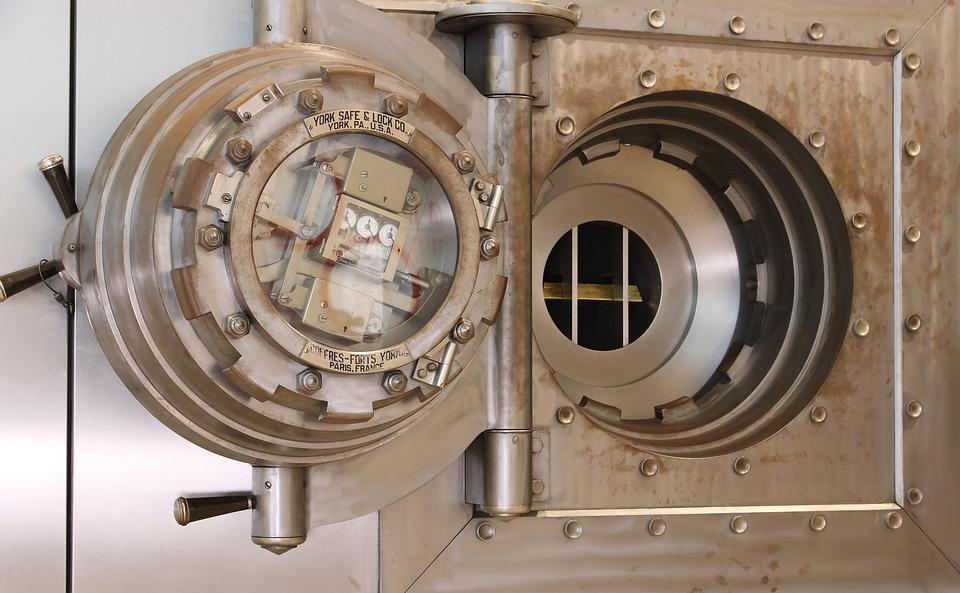You’ve come to the right place if you’re looking for instructions on how to fasten a safe to a wood floor but aren’t sure where to begin. We will discuss some ideas that will help you understand how to do that in this article.
Most safes are fitted with “anchor bolters,” which are unique anchor bolts. Installation of these screws calls for the use of a hex wrench. They have been created specifically for anchoring. But not everyone is aware of where to find one or has an anchor bolter lying around in their toolbox. If the floor is made of another material, such as wood or tile, the majority of store-bought anchor bolters won’t function because they only work on concrete and masonry surfaces.
Bolts are only problematic because, in addition to anchoring, they also need to be screwed into pre-drilled holes. You run the risk of damaging your pricey hardwood flooring during installation if you attempt to use bolts without drilling pilot holes first (if there are any).
If this occurs, it will have served its intended purpose of anchoring the safe to the floor in the first place. In order to prevent this, I suggest using lag bolts, which are not only useful for anchoring but also have a hex head rather than an Allen key head so you can install them with your standard drill driver.
To Hire a Professional or Not?
While securing the safe to the floor can be done by a professional, there are essential steps you could follow if you prefer to install it on your own. Lag bolts are a great option for anchoring and are simple to install into wood floors. They could also be inserted through the safe’s flanges and secured with a standard drill driver.
To secure a safe with a lag bolt, however, you will need two different-sized bits: one for drilling pilot holes and another for making an oversized hole so the lag bolt’s hex head will fit snugly in place. The majority of safes should be anchored to wood floor surfaces using 3/8-inch-diameter, at least 2-inch-long brass or standard steel lag bolts.
These bolts ought to function flawlessly when securing a safe made of lighter materials, like 14-gauge sheet steel. Instead, use lag bolts that are 5/16′′ in diameter and 2′′ long to secure heavier safes made of 16- and 18-gauge materials (these are most commonly available in hardware stores). I advise using a typical 1/2′′ masonry drill bit from any home improvement store for creating an oversized hole in wood floors to accept a hex head lag bolt. A specialized masonry drill bit known as a “hammer drill chuck” is required for drilling the pilot holes for lag bolts.
Your arm won’t get fatigued thanks to these parts! They can also drill holes more cleanly than traditional twist-style masonry drills because there is less vibration. The ideal masonry drill bit would be one made by Bosch for drilling pilot holes in wood floors and other non-masonry surfaces: It’s called the Bosch Bulldog 2-1/4′′ x 12 mm SDS Plus Rotary Hammer Drill Bit.
Additionally, if you plan to bolt the safe to the floor on your own, you may need to consider the type of flooring you are working with. In order to decide whether or not to bolt your safe to your floor, you must take into account a number of factors. Therefore, determine which of the following categories you fall into and make your plans accordingly.
If you have a concrete slab floor, whether inside the house or in the garage, the only question is: why not? A thief will have to work VERY HARD to tip the safe over or remove it from your property if it is bolted to the floor.
The flooring is typically plywood over floor joists in the upstairs location, similar to a raised foundation. Bolting the safe to the upstairs floor location will hinder potential thieves, but they will still be able to break the safe open with enough determination. Because of this, we advise that a safe going upstairs weigh at least 450 pounds. We have relocated thousands of safes, so we are aware that this is too much weight for a couple of thieves to pick up and load into a pickup truck.
When working on raised foundation for the ground floor which is typically, 28 floor joists are covered by plywood in this scenario. In this circumstance, there are two ways to bolt: Four lag bolts can be easily installed by drilling them into the plywood floor. This will help to stabilize the safe a little, but if someone manages to rock it or reach under it with a pry bar, they will probably be able to break it loose, so it’s not the best option, but it’s better than nothing.
The better option is to use a carriage bolt (a bolt that cannot be released from the “head” end) to come up from underneath the house and tighten the nut and washer from inside the safe after drilling through the plywood flooring. * This is problematic because we don’t ask our Maximum Security team to crawl under houses because most of them are unpleasant to crawl underneath. However, we will drill the hole(s) at no cost to you; after that, you will only have to complete the task.
Before installing the lag bolts, you might also want to use a nail punch to remove any exposed screws or nails that are still present for an extra layer of security. Before inserting the lag bolts into your pilot holes, feel free to cover them with any leftover wood putty that you may have. By doing this, the bolts will be held in place even more firmly and will be more difficult for someone else to remove. Just keep in mind that you do not need to complete this step if you do not have any leftovers.

